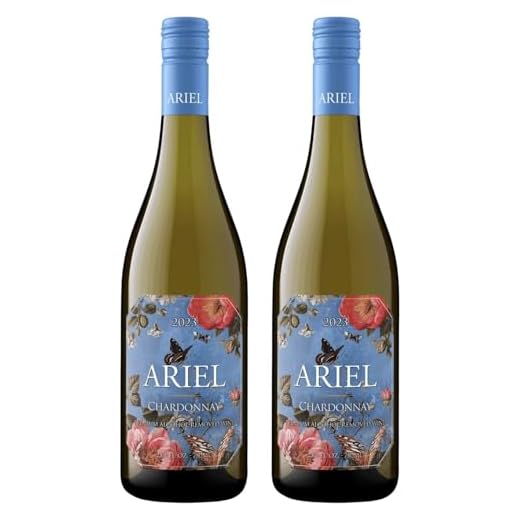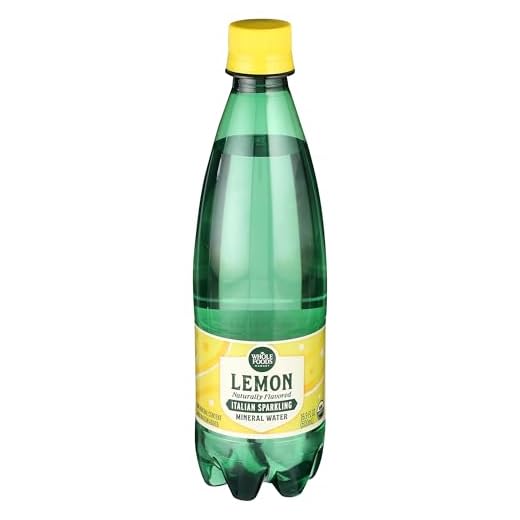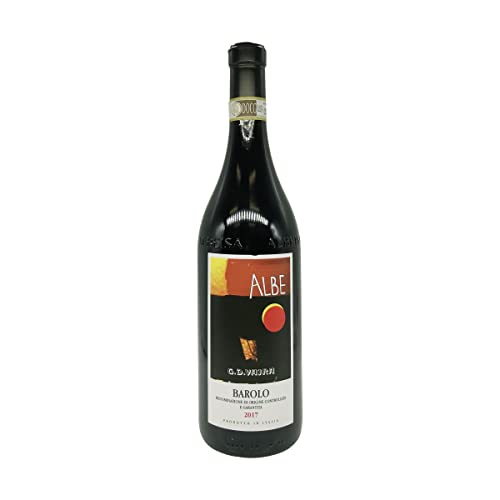



For those seeking a flavorful companion to their culinary creations, consider using stock or broth as an excellent alternative. These liquids can add depth and richness to dishes, effectively replacing the acidity and brightness typically provided by a crisp white varietal.
If you’re looking for a non-alcoholic option, opt for a mixture of apple cider vinegar and water. This combination offers a pleasant tang that mirrors the characteristics of a dry white, making it a versatile choice for marinades and sauces.
Another option is to explore the world of fruit juices. Lemon or lime juice can elevate any recipe with their zesty notes, while grape juice provides a sweeter profile. Both can enhance flavors without overpowering the dish.
For those who prefer a more robust flavor, consider using a splash of sherry or vermouth. These fortified wines bring complexity and can complement various ingredients beautifully.
Exploring these alternatives can not only transform your cooking but also inspire creativity in the kitchen. Embrace these suggestions to elevate your dishes with new and exciting flavors.
Alternatives for White Wine
For recipes requiring a splash of white wine, consider these options:
- Chicken Broth: Use equal amounts of broth to add savory depth without acidity.
- Apple Cider Vinegar: Mix a tablespoon of vinegar with water to reduce intensity; this adds a hint of sweetness and tang.
- Lemon Juice: Dilute lemon juice with water for a fresh, zesty note. Combine one part juice with two parts water.
- Grape Juice: Opt for white grape juice for a non-alcoholic option. Use it in a 1:1 ratio for a sweeter profile.
- Sparking Water: For a light, refreshing touch, sparkling water can mimic the effervescence of wine.
Experiment with these options to find the balance that suits your dish best. Adjust quantities based on the desired flavor outcome.
Culinary Uses: Cooking Substitutes for White Wine
For deglazing, a blend of chicken broth and a splash of vinegar provides acidity similar to that found in fermented grapes. This combination enhances flavors while maintaining a balanced profile.
When preparing risotto, consider using a splash of apple cider or rice vinegar. Both options add the necessary tang and depth without overpowering the dish.
In sauces, a mixture of lemon juice and vegetable broth can replicate the brightness and acidity typically contributed by fermented beverages. This is particularly effective in cream-based sauces.
For marinades, using citrus juice–such as orange or grapefruit–alongside a bit of soy sauce or broth can mimic the complex flavors of fermented grapes, infusing the dish with a delicious zest.
For baking, consider using a mixture of grape juice and vinegar. This provides a sweet and slightly acidic profile that works well in various recipes, especially in savory baked goods.
In seafood dishes, a splash of verjuice, which is the juice of unripe grapes, serves as an excellent alternative. It offers similar acidity and a hint of grape flavor without the alcohol content.
Lastly, when preparing soups, a touch of sherry vinegar or a splash of cooking sake can replace fermented beverages, enhancing the overall flavor profile of the dish.
Flavor Profiles: Matching the Taste of White Wine
For a successful culinary experience, understanding the flavor characteristics of alternatives to traditional grape-based beverages is crucial. The bright acidity and subtle fruit notes often found in white wines can be mirrored with specific ingredients.
Acidity and Freshness
Citrus juices, such as lemon or lime, provide a sharp tang that mimics the acidity of many whites. Use them in sauces or dressings to achieve a similar zest. Additionally, vinegar varieties like white wine vinegar or apple cider vinegar can also add that necessary brightness without overpowering the dish.
Fruity and Herbal Notes
Fruit juices such as apple or pear can replicate the fruity undertones found in wines. For a more herbaceous touch, consider using herbal teas like chamomile or mint infused in your recipes. These concoctions not only add flavor but also enhance the aromatic profile of your dishes.
| Flavor Element | Suggested Substitute |
|---|---|
| Acidity | Lemon Juice, White Wine Vinegar |
| Fruity Notes | Apple Juice, Pear Juice |
| Herbal Complexity | Herbal Teas (Chamomile, Mint) |
| Sweetness | Non-Alcoholic Sparkling Cider |
By focusing on these flavor profiles, one can create dishes that resonate with the essence of white wines while utilizing a range of alternative ingredients. This approach not only maintains flavor integrity but also opens up avenues for creativity in the kitchen.
Non-Alcoholic Alternatives: Options for Cooking and Drinking
For culinary endeavors, consider using vegetable broth as a flavorful base. This adds depth without the alcohol content. Another great option is apple cider vinegar, which delivers a tangy note reminiscent of white wine, enhancing dishes like risottos or sauces. For a sweeter flavor profile, grape juice works wonderfully in marinades and glazes.
When it comes to refreshing beverages, sparkling water with a splash of lemon juice offers a crisp and zesty alternative. This combination can mimic the lightness of wine while keeping the experience vibrant. Additionally, non-alcoholic white grape juice serves as an excellent substitute for toasting or enjoying alongside meals.
In baking, a mixture of water and a bit of lemon juice can replace white wine effectively, maintaining moisture and flavor. Each of these substitutions ensures that your culinary creations remain rich and satisfying without the impact of alcohol.
For those who enjoy photography, consider capturing these culinary moments with the best compact digital camera with large sensor. This can elevate your presentations and showcase the beauty of your dishes, whether crafted with traditional wine or delightful alternatives.
Acidity Balance: How to Replicate White Wine’s Tartness
For achieving the tartness characteristic of a good white varietal, consider using a blend of vinegar and water as a straightforward method. Mixing one part vinegar, like apple cider or white wine vinegar, with three parts water can mimic the acidity while softening the sharpness.
Citrus juices are another effective option. Fresh lemon or lime juice introduces a bright acidity that can enhance dishes in a similar way. Use one tablespoon for each cup of liquid you would typically replace.
For a milder flavor, opt for a splash of unsweetened cranberry juice, which maintains the necessary acidity without overwhelming other components. This works particularly well in sauces and marinades.
In baking or creamy sauces, a hint of yogurt or sour cream can replicate both the tartness and the creamy texture of certain white wines. Thin it slightly with water or broth to achieve the desired consistency.
Experiment with apple juice or a diluted version of kombucha for a less acidic yet flavorful alternative. Both options can add complexity and depth while maintaining a refreshing quality.
Always taste and adjust as necessary, ensuring the balance aligns with the dish’s overall flavor profile. This approach allows for flexibility while crafting a delightful culinary experience. Enjoy the process of finding the right balance for your palate.
Regional Variations: Substitutes in Different Cuisines
In Italian cuisine, a splash of broth or a mix of vinegar and water can effectively mimic the acidity and depth of a certain beverage. For risottos, the use of vegetable broth enhances flavors without overpowering the dish.
In French cooking, the incorporation of champagne vinegar or a bit of apple cider vinegar serves as an excellent alternative, adding a subtle tartness that complements sauces and marinades. The key is to balance these acidic components with sweetness, often achieved by adding a touch of honey or sugar.
Mexican dishes benefit from the brightness of citrus juices. Lime or lemon juice not only replicates acidity but also introduces a fresh flavor profile, ideal for deglazing pans after searing meats.
Asian cuisines often lean towards rice vinegar or sake. Rice vinegar provides a mild tang, while sake can add complexity to stir-fries and braised dishes. Diluting these with water can help adjust the intensity to better fit the recipe.
Middle Eastern recipes might find pomegranate juice to be an intriguing alternative. Its sweet-tart nature can enhance sauces and marinades, creating a unique depth reminiscent of a certain beverage.
In Indian cooking, using yogurt or buttermilk adds creaminess and tartness. This combination is particularly effective in curries, where it helps to tenderize meat and enrich the overall flavor.
Each culinary tradition offers diverse options that maintain the intended taste and balance of a dish while accommodating specific dietary preferences or ingredient availability.
Common Mistakes: What to Avoid When Choosing Substitutes
Avoid overlooking the importance of acidity. Many assume that any liquid can replace alcohol without considering the balance of flavors. For instance, using a sweet juice can lead to overly sugary dishes. Opt for options like vinegar or citrus juice to maintain the necessary tartness.
Be cautious with volume. Substituting a liquid with a denser option, such as vegetable broth, might require adjusting the amount to prevent overpowering the dish. Always taste and adjust accordingly, especially with strong alternatives.
Neglecting Flavor Profiles
Choosing a substitute without matching the flavor can ruin the intended dish. A rich, oaky replacement may not work well in a delicate sauce. Always consider how the flavors of your chosen alternative will meld with existing ingredients.
Ignoring Cooking Techniques
Different liquids behave differently when heated. For example, some alternatives might not reduce or thicken in the same way as alcohol does. Always test your substitution in a smaller batch first to avoid wasting ingredients.
Lastly, don’t forget to consider the overall dish. Each element plays a role; therefore, ensure that all components harmonize. A well-balanced dish requires thoughtfulness in every aspect, including liquid choices.









